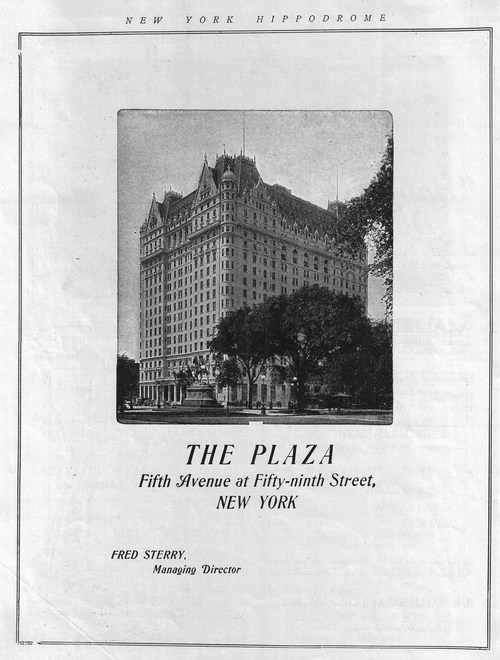
See Part I here, Part II here, and Part III here, and Part IV here.
V.
Yes, there is all that business about swapping the cars and who was actually driving—Daisy or Gatsby—when Myrtle was struck down. As I have admitted, Carraway did get some things right or at best half-right in his memoir. Daisy and I read the book when it first appeared in 1925. Afterwards, she tossed it into the trash and, despite its enormous popularity over the years, we never looked at it again, until Daisy suggested the memoir course and I began to plan this counter-memoir. It was painful but in order to proceed with an accurate version of those now distant events, I had to force myself to re-read it, fifty-five years later. So much has changed since that era when we lived as though the good times would never end. Now that I’ve restricted myself to one gin and tonic a day and haven’t touched a cigarette since Ike took us out of Korea, it’s hard to believe how much we all drank and smoked back then.
I bought a used paperback edition at the community college bookstore (Lillian Civette had scrawled her name on the inside cover, dotting each “I” with a heart) and I read it aloud to Daisy over the course of a few evenings. Now and then, she would stop me, shake her head, and say she couldn’t believe we did this or that, or said such devastating things to each other. I often had to remind her that Carraway took many liberties with the chain of events and often put words in our mouths. I would also stop reading at times to take notes when I thought a particular event or conversation would require my attention for this memoir. I used a separate notebook as my used book had been so marked up there was hardly any room in the margins. I grinned when Lillian scribbled next to my name Racist! or Upper-Class Snob! or Chauvinist Pig!—I imagined she had been merely copying remarks made by her English instructor. It never ceases to amuse me how easily people apply the political cant of the present to the prevailing customs of the past.
At times, as I read aloud, I would add my comments to the story, sometimes to help minimize the pain Daisy might feel, and at other times to set the facts straight. When we first read the book we were so astonished we barely spoke about it. But now, from the perspective of a half century, with every character except the two of us dead (Carraway...
You have reached your article limit
Sign up for a digital subscription and continue reading all new issues, plus our entire archives, for just $1.50/month.
Already a subscriber? Sign in




